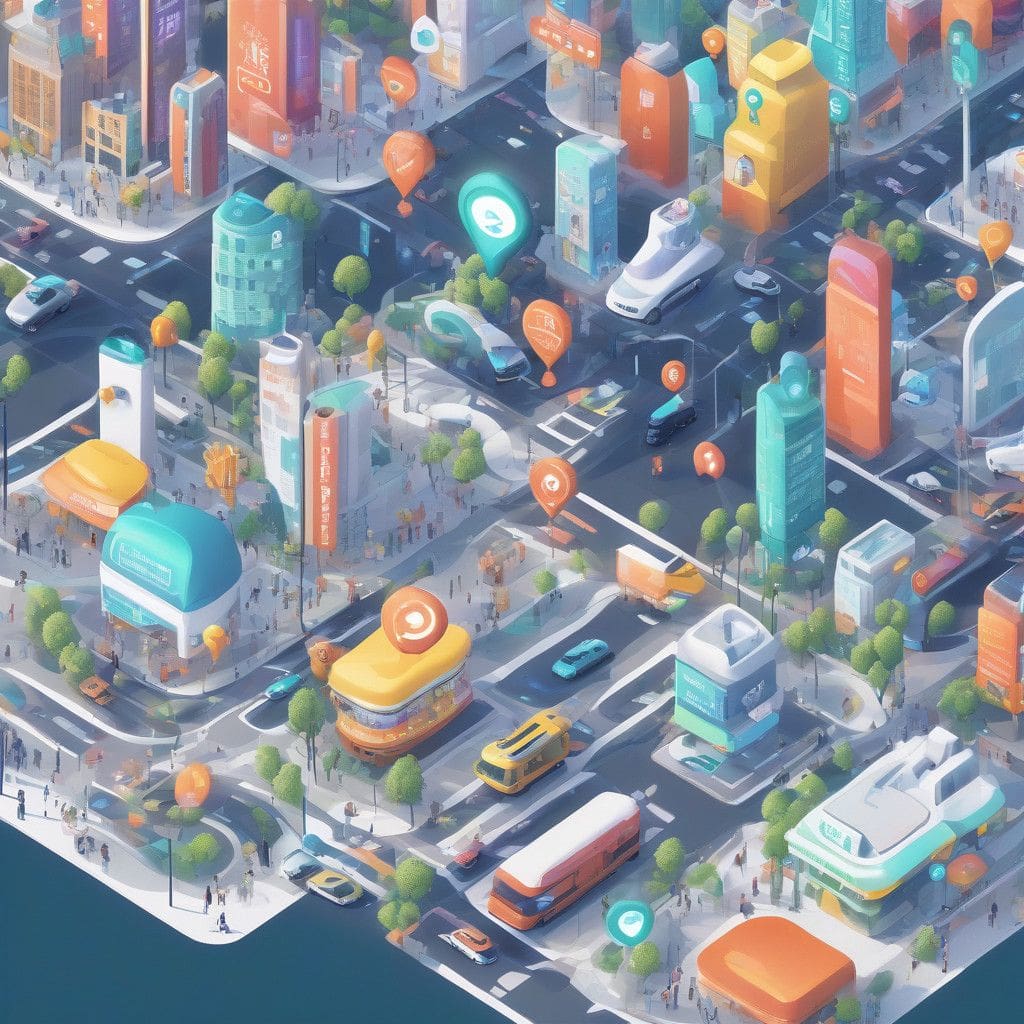In an increasingly digital world, Google Maps has taken a bold step toward revolutionizing how users navigate their surroundings. By integrating advanced AI capabilities into its mapping services, including Google Maps, Waze, and Google Earth, Google is poised to provide a more tailored and context-aware user experience. This upgrade is especially significant given that Google Maps serves over two billion active users each month.
The centerpiece of these enhancements is the Gemini chatbot, designed to offer personalized suggestions that reflect the user’s preferences and context. For example, if a user queries “fun things to do with friends at night,” the new AI system can generate recommendations that are specific to the time of day and the user’s location, moving beyond the generic responses of the past. This shift aims to deliver relevant options, such as recommending late-night music venues or seasonal attractions that align with users’ interests and timing.
Previously, searches on Google Maps might have returned broad results that lacked relevance to the user’s specific situation. The incorporation of AI enables the platform to understand and process nuanced user inquiries. This is a substantial upgrade; users can expect to receive prompt answers that directly correspond to what they are searching for, based on verified data.
One major challenge for Google has been addressing concerns around the accuracy of AI-generated content. The introduction of Gemini has not been without scrutiny, particularly regarding instances where AI systems returned inaccurate results. To mitigate these issues, responses provided by the AI will be cross-verified against trusted data sources within Google’s extensive database. This strategy aims to enhance reliability and ensure that the information users receive is both accurate and useful.
The improvements extend beyond Google Maps to other mapping products. In Waze, for instance, the AI-powered functions will allow drivers to report traffic incidents via voice commands, thereby promoting safer interactions with the app while driving. Google Earth, on the other hand, is set to benefit developers and urban planners significantly, who will now have access to AI-driven tools that streamline data analysis and promote more informed decision-making.
By enhancing these tools with AI, Google aims to create a more intuitive and efficient user experience that aligns with current consumer expectations. As users become accustomed to instant, precise information in various sectors, Google’s mapping services strive to meet similar standards in geographical navigation.
The integration of AI into Google’s ecosystem exemplifies a broader trend in technology where artificial intelligence is becoming a critical asset for businesses seeking to improve customer engagement and services. Companies that wish to remain competitive must consider AI as a valuable tool for understanding and anticipating customer needs.
Moreover, the focus on context-aware services is particularly pertinent in today’s fast-paced environment. Consumers increasingly demand solutions that not only provide information but also enhance their experiences in real time. As a result, companies utilizing AI in creative ways can enhance user satisfaction and loyalty.
Looking forward, Google’s investments in AI underscore its commitment to evolving its services while maintaining a strong focus on user experience. The ongoing development of these advanced features represents a shift toward leveraging AI to provide not merely functional tools, but solutions that enhance daily life.
In conclusion, Google Maps’ integration of artificial intelligence marks a significant milestone for the platform. By focusing on personalized user experiences and reliable data validation, Google is setting a standard in the mapping industry. The implications of these changes extend beyond navigation, potentially transforming how digital services connect with users on a fundamental level.












